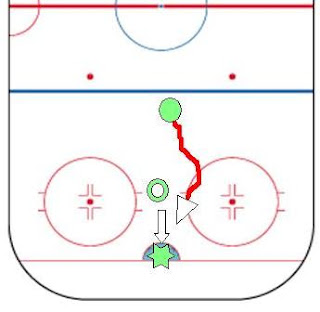You do have a coach's bag, right? If you don't, you need one. It needs to be with you at all practices and games. No exceptions. You can have anything you think you are going to need in there but there are a few essential items that should be in there (in no particular order):
- Tape for pants, sticks, etc.
- Coaching Board and markers
- Extra parts (wheels, bolts/nuts, screws, laces etc)
- Pens (for sign-in sheets)
- Screw driver (multi-head) for fixing helmet
- First-aid kit
- Ice packs
- Mouth guards
- Whistle (for practice)
- AAU card (or any other association badge you need at the game)
































